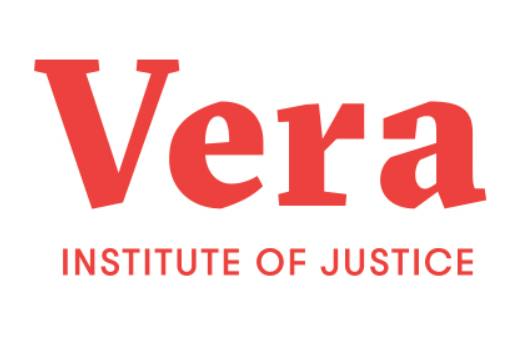The Impact of Race on Mass Incarceration

November 18, 2020
Rayshard Brooks was killed on June 13 of 2020. After being apprehended for driving while intoxicated, everything was going smoothly until police officer Garrett Rolfe moved suddenly to handcuff him. During a struggle, Brooks was fatally shot three times. His 8-year-old daughter’s birthday party was the next day. The murders of Brooks, George Floyd, Breonna Taylor, and many others are direct examples of the blatant discrimination that Black and Brown people face in the criminal justice system.
With the increased recognition of movements like Black Lives Matter, one wonders: what would an improved justice system look like? How are others working towards one? I recently spoke with Tracey Wilmot, the Director of People Resources at Vera, Institute of Justice to find out.
Vera is a social and criminal justice reform organization, coming up on almost 61 years of service. The organization often works with the federal government to reform immigration laws, incarceration sentencing, and the conditions in prisons themselves. “Much of our research is done through the lens of the impact to people of color. We have a strong history of publishing solid research that has impacted history,” Wilmot says. And indeed, they have. Over the past ten years, Vera’s work has directly aided in reducing the New Orleans jail population by 70% by using alternatives to incarceration for low level crimes, and changing the use of bail.
In addition to many other considerable programs, Vera is known for their work in the American prison and prosecution systems. Notably, their collaboration with John Jay College’s Institute in Innovation for Prosecution to form a new project called Motion for Justice . According to the NAACP (National Association for the Advancement of Colored People), one out of three Black boys can expect to be incarcerated in their lifetime, versus one out of 17 white boys. Motion for Justice is working to promote not only racial equity but recognition in the courtroom of each individual’s inherent ability to ultimately become a better person.
How could an improved justice system have prevented the death of Rayshard Brooks? In Wilmot’s opinion, an improved system would be more oriented towards social service. “Instead of putting on the lens of criminalizing someone, you would then say to [the intoxicated driver], ‘Do you need some help getting home?’… And that’s the social service bend to it, versus criminalizing the person in front of you.” In order to restructure the policing system, Vera is working with communities across the country to train the police. The organization conducted a survey about the characteristics of a model police officer. As a result of the survey, they found that communities with 10%-30% of African Americans and upwards of 30% of Hispanics had the highest levels of police distrust. Using this and other information collected, Vera is working to create a new model for recruitment and training in police departments.
Covid-19 has also had an effect on the massive jail population. Currently, there are approximately 2.3 million prisoners in the U.S.. In a Vera blog post, guest writer
Brandon Brown,the first person to earn a master’s degree in prison, shared the harsh reality of being an inmate in Maine during this time. “A culture of helplessness builds as many of the staff seem not to take the virus seriously, leading some incarcerated people to do the same.” It doesn’t help that the prison isn’t complying with government issued regulations for when someone contracts COVID-19, according to Brown; although the facilities are ordered to administer tests on the prisoners, they rarely do. The effects on immigration and ICE are similar, especially in immigrants from South America. The U.S. is essentially using COVID-19 as an excuse to turn Latin American immigrants away from the border. Those who arrive in the U.S. are mistreated as well, as they are forced to live in close-quartered, unsanitary conditions. In a recent article by TIME magazine, researchers at Vera predicted that the rate of infection between detained people could be almost ten times higher than expected, information that starkly contrasts with the statements given to the public. This is the reality that Vera is often forced to work within.
Unfortunately, incarceration isn’t a topic that’s talked about enough during structured discussions, when in reality, it should be front and center. When asked about the current racial climate in America and our community, Wilmot responded, “We, in Hastings are in a bubble where people aren’t as overtly racist as they are in other places… Nothing for us has changed. People have just started talking about it more.” In Hastings, we have to be aware of the privilege we carry, and use it for making positive change in the outside world.
`

















